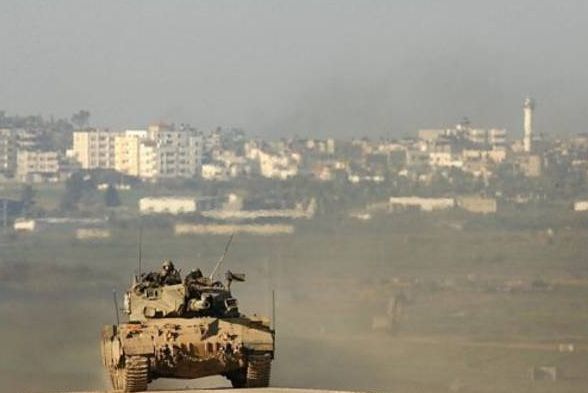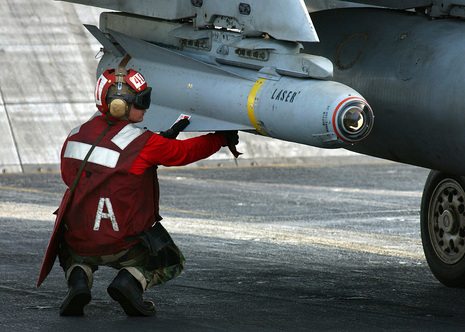When Israel fought Hezbollah during the Second Lebanon War in 2006, it discovered that it was ill prepared for the challenges posed by its “hybrid” adversary. Hybrid adversaries employ effective standoff weapons (e.g., antitank guided missiles, man-portable air-defense systems, mortars, rockets, unmanned aerial systems). Thus, defeating such opponents requires different tactical and operational concepts than those used to fight the irregular adversaries — who do not have standoff weapons — that the Israelis had become accustomed to confronting. In the war’s aftermath, the Israeli military undertook significant reforms whose effectiveness was demonstrated in 2008–2009 during Operation Cast Lead, when Israel fought Hamas in Gaza.
Like Israel in 2006, the United States today is likely ill prepared for hybrid warfare after years of focusing on irregular adversaries. To identify lessons that the U.S. military might learn from the Israeli experience in Lebanon, the author examines the following: the state of the Israeli military before the Second Lebanon War, the challenges that Hezbollah’s hybrid warfare posed, the lessons the Israelis learned from the 2006 war, the reforms the Israeli military undertook to address its deficiencies, and how Israel fared during Operation Cast Lead three years later.
The author finds that, in facing hybrid opponents, joint combined-arms fire and maneuver are necessary; precision, stand-off fires are critical (but not sufficient); and responsive and adequate air, artillery, and intelligence, surveillance, and reconnaissance support are vital.
Finally, heavy forces — based on tanks and infantry fighting vehicles — are key to fighting sophisticated hybrid opponents because they reduce operational risk and minimize friendly casualties.
[Download not found]











